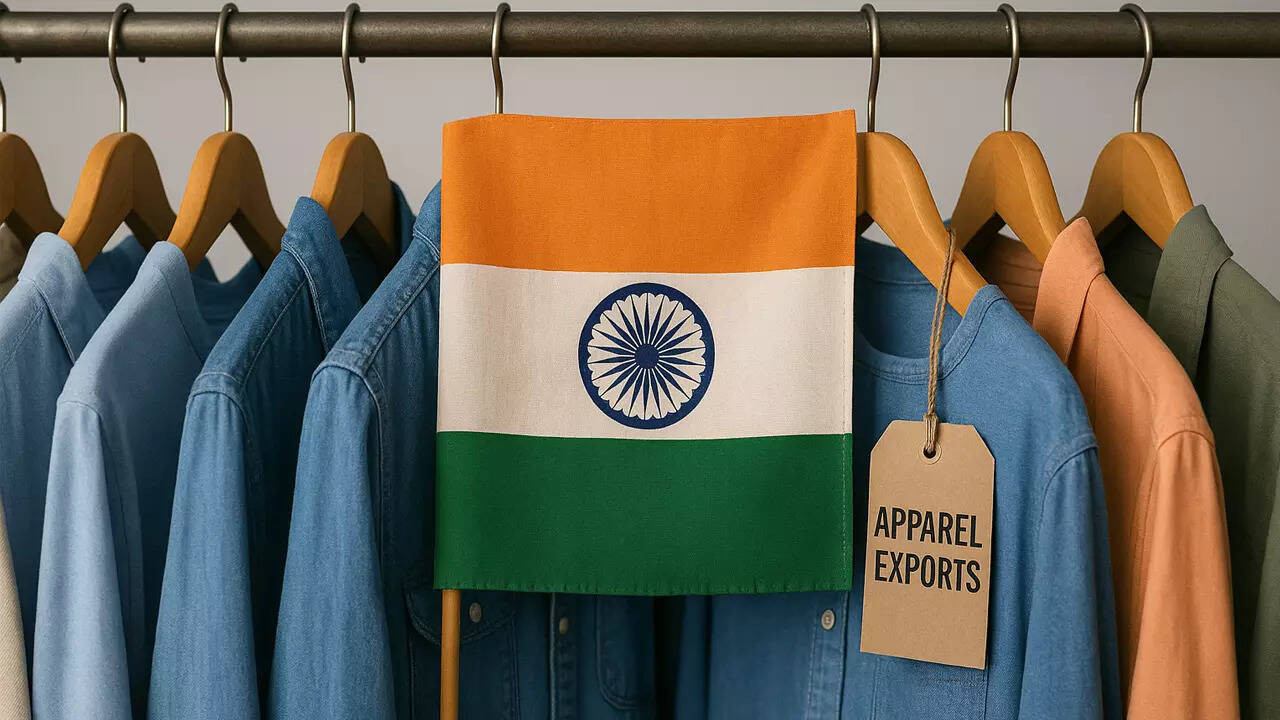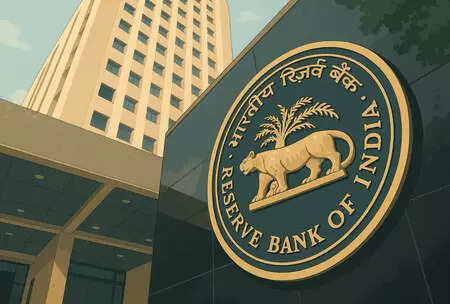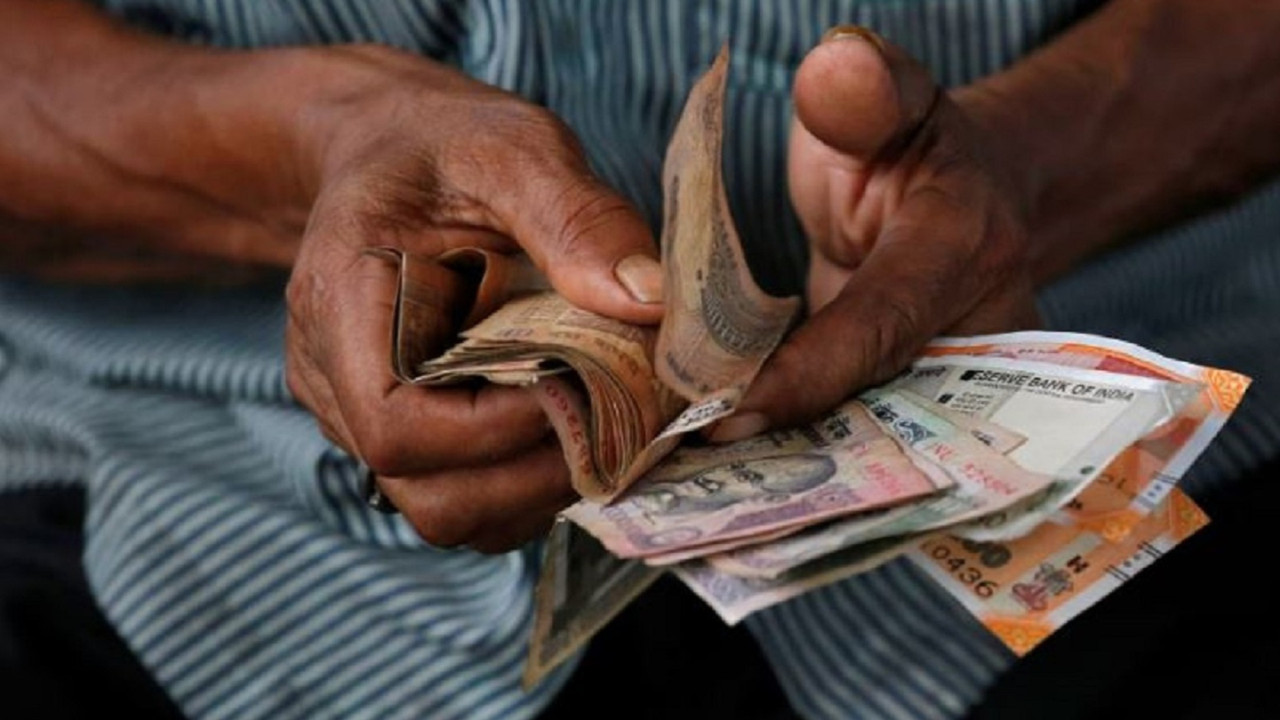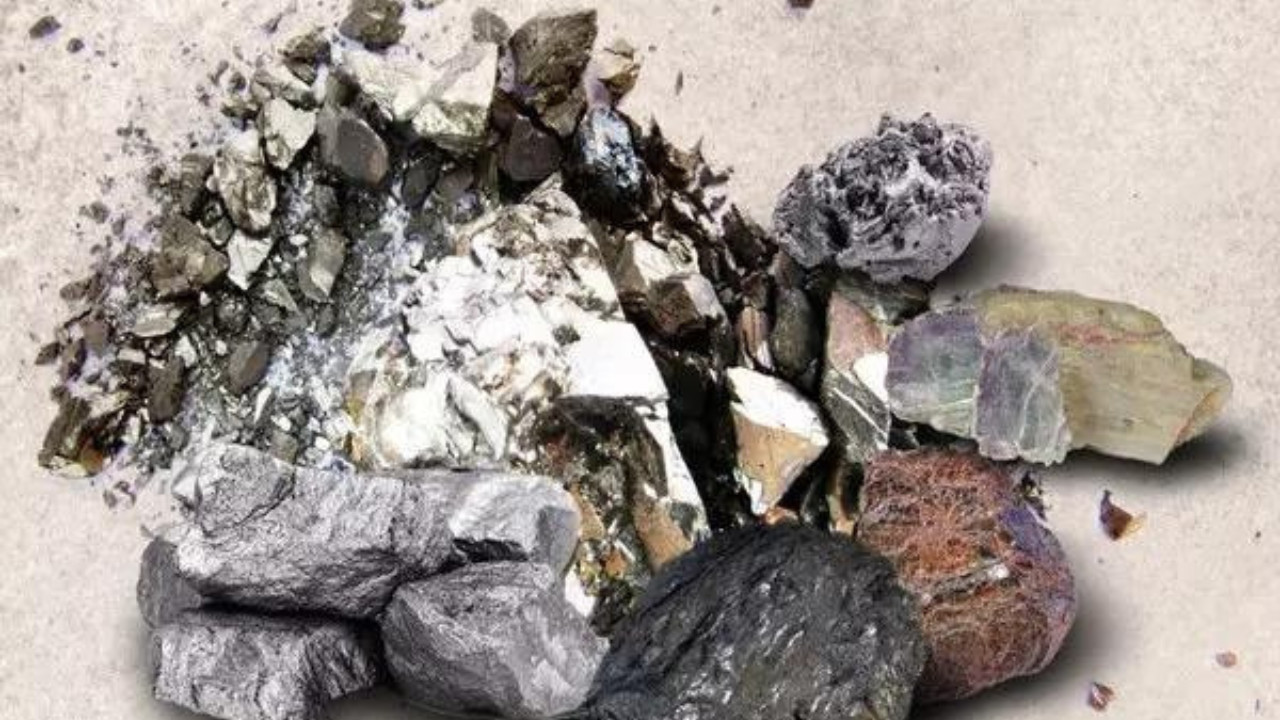India’s apparel exports are experiencing robust growth, driven by Western buyers seeking alternatives to Bangladesh and China. A significant 11.3% year-on-year increase in May signals a recovery from post-pandemic stagnation. Duty advantages over China and political instability in Bangladesh are further fueling this surge, presenting a major opportunity for Indian manufacturers in the US market.
Forget Fast Fashion, India’s Stitching Up the Future: Can it Dethrone China?
Okay, let’s talk threads. Specifically, the threads that bind our global economy, and how they’re shifting in a big way. For years, China has been the undisputed king of apparel manufacturing, the place your t-shirt probably originated. But things are… well, they’re getting complicated. And that complication spells opportunity for India.
You see, whispers of supply chain diversification aren’t new. Geopolitical tensions, rising labor costs in China, and a renewed focus on ethical sourcing have been nudging brands to look elsewhere. But lately, that nudge has become a shove. Western companies, increasingly wary of putting all their eggs in one (albeit gigantic) basket, are actively seeking alternatives. And guess who’s perfectly positioned to answer the call?
India, baby!
The recent numbers are pretty darn impressive. We’re talking a surge in apparel exports, particularly to the juicy $120 billion US market. India and Bangladesh saw significant growth, signaling a real shift in where your clothes are coming from. It’s not just about cheaper labor, though that’s definitely a factor. India brings a lot more to the table.
Think about it: India boasts a massive and diverse textile industry, complete with its own cotton production, intricate weaving traditions, and a growing pool of skilled labor. This end-to-end capability is a huge advantage. Companies can find everything they need within India, reducing lead times and simplifying logistics – a far cry from navigating complex global supply chains.
But let’s be honest, potential doesn’t automatically translate to dominance. China built its manufacturing empire on efficiency, infrastructure, and a relentless focus on scale. India needs to level up if it wants to truly compete. This means continued investment in infrastructure – better roads, reliable electricity, and streamlined port operations are crucial. We’re talking about moving mountains (of textiles!), not just a few bales of cotton.
And then there’s the issue of sustainability. The fashion industry, notoriously polluting, is under increasing pressure to clean up its act. India has a chance to lead the way by embracing sustainable manufacturing practices, organic cotton farming, and ethical labor standards. This isn’t just about being “woke”; it’s about future-proofing the industry and attracting conscious consumers willing to pay a premium for responsibly made clothes.
I’m personally excited to see the potential for homegrown brands in India to capitalize on this shift as well. Imagine a future where “Made in India” becomes synonymous with quality, sustainability, and ethical production, rather than just low prices. Wouldn’t that be something?
Now, Bangladesh is also in this game, and rightfully so. They’ve built a strong reputation as a reliable garment producer, particularly for fast fashion brands. However, India has the opportunity to carve out a niche in higher-value segments, focusing on quality fabrics, intricate designs, and specialized manufacturing. Think artisan craftsmanship meeting modern production techniques.
The road ahead won’t be easy. There are hurdles to overcome, including bureaucratic red tape, inconsistent quality control, and the need for better training and education for garment workers. But the opportunity is undeniably there.
So, can India truly dethrone China as the world’s apparel manufacturing powerhouse? It’s a long shot, perhaps. China’s established infrastructure and sheer scale are difficult to match. But the global landscape is changing, and India is strategically positioned to capitalize on that change.
More than just the economic implications, I’m talking about a resurgence of traditional textile arts, the empowerment of local artisans, and a more sustainable and ethical approach to fashion. The threads of the future are being woven right now, and India has a crucial role to play in shaping them. Let’s hope they grab the needle and run with it.







